Politics
Civil Rights Landmark Bridge is Named for Reputed KKK Leader

In this March 21, 1965 file photo, Martin Luther King, Jr. and his civil rights marchers cross the Edmund Pettus Bridge in Selma, Ala., heading for capitol, Montgomery, during a five day, 50 mile walk to protest voting laws. The Edmund Pettus Bridge gained instant immortality as a civil rights landmark when white police beat demonstrators marching for black voting rights 50 years ago this week in Selma, Alabama. Whats less known is that the bridge is named for a reputed leader of the early Ku Klux Klan. Now, a student group wants to rename the bridge that will be the backdrop when President Barack Obama visits Selma on Saturday, March 7, 2015. (AP Photo/File)
JAY REEVES, Associated Press
ALLEN G. BREED, Associated Press
SELMA, Ala. (AP) — When the nation’s first black president steps onto the Edmund Pettus Bridge to honor the marchers beaten there 50 years ago, he’ll be standing on a structure that’s at once synonymous with the civil rights struggle and a tribute to a reputed Ku Klux Klan leader.
The latter fact had all but faded from local memory until recently, when a Selma student group launched an online petition to rename the landmark bridge.
During his 50th anniversary address Saturday, President Barack Obama will be flanked on one side by a new historic marker commemorating “Bloody Sunday,” when white police beat demonstrators marching for black voting rights on March 7, 1965. The sign, erected earlier this year by the state tourism department, notes Obama’s 2007 appearance there just before his election and the accolades for “Selma,” the recent film about the march.
It offers no details about Edmund Winston Pettus, a Confederate general and U.S. senator who lived in Selma after the Civil War. The Encyclopedia of Alabama, an online database sponsored by the University of Alabama, Auburn University and the Alabama Department of Education, says Pettus held the title of grand dragon of the Alabama Klan in 1877 — an assertion that’s questioned by some historians.
Just beyond the other end of the bridge, a billboard erected recently bears a heroic image of another Confederate general, Klan founder Nathan Bedford Forrest. The ad, sponsored by a group dedicated to honoring Forrest, invites visitors to see Selma’s “War Between the States” historic sites; next month is the 150th anniversary of the Battle of Selma, in which Forrest fought.
As the “Bloody Sunday” anniversary approaches, a student group in Selma is petitioning to rename the bridge, whose twin metal arches soar above the murky Alabama River. The online petition, addressed to Selma Mayor George Patrick Evans and to the National Parks Service, has been up for about two weeks. It does not propose a new name for the bridge.
John Gainey, executive director of Students UNITE, a racially integrated youth group that began the petition, said having a white supremacist’s name attached to the city’s most visible landmark illustrates the city’s deep racial divisions a half-century after the marchers were beaten at the bridge.
Just as in the 1960s, Gainey said, Selma is split by race. Blacks attend public schools, most whites go to private academies and many blacks still live in run-down shanties while whites occupy nice homes with manicured lawns, he said. Yet the town of nearly 20,000 people is about 80 percent black.
“We think it really does represent something larger,” said Gainey.
The Rev. Joseph Lowery, a veteran civil rights leader, agrees the bridge’s name should be changed to quit honoring someone with alleged Klan ties.
“They’re responsible for too much death and misery. We don’t need to honor them,” said Lowery, a lieutenant of Martin Luther King Jr. who participated in the 1965 Selma-to-Montgomery march. “I’m with the kids. Let’s change it.”
However, Selma historian Alston Fitts doubts Pettus had anything to do with the KKK. Although the city was a hub of racial animus in the 1960s, Selma was known as a “safe place” for blacks aligned with liberal Republicans after the Civil War during Reconstruction partly because of a lack of Klan activity, he said.
“He was a pretty lousy Klan leader if that’s what he was,” said Fitts.
Pettus’ views on race were widely known during Reconstruction. In July 1871, when Pettus testified before a congressional committee investigating the Klan, he made it clear he believed whites, not blacks, were the victims in the post-Civil War South.
Pettus asserted that any campaign of intimidation was being waged by Republicans and “carpet-baggers” seeking to incite blacks to commit “acts of aggression on their part against the white people,” according to congressional archives.
Michael Fitzgerald, a professor of history at St. Olaf College in Northfield, Minnesota, is researching a book on Reconstruction-era Alabama. He said he hasn’t found “persuasive evidence” that Pettus was a Klan officer or even member, but he said Pettus was “almost certainly” involved with the White League, a later terrorist organization.
“He is a Confederate general, he is a Democratic leader when white supremacy is their slogan — is what they exist to do,” he said. “What I would say is Edmund Pettus is definitely a strong white supremacist.”
An attorney who entered the Confederate army as a major in 1861 and rose to the rank of brigadier general by 1863, Pettus was elected to the U.S. Senate in 1897 after Reconstruction and served until his death in 1907 at age 86.
Pettus’ legacy was still well known in Selma when the bridge was constructed just east of downtown in 1940, so the span was named for a man revered locally as a tenacious Southern leader. With Jim Crow laws still in effect, blacks had virtually no say in the decision.
And until now, there has never been a serious effort to rename it.
___
Breed, an AP national writer, contributed to this report from Raleigh, North Carolina.
Copyright 2015 The Associated Press. All rights reserved. This material may not be published, broadcast, rewritten or redistributed.
Bay Area
MAYOR BREED ANNOUNCES $53 MILLION FEDERAL GRANT FOR SAN FRANCISCO’S HOMELESS PROGRAMS
San Francisco, CA – Mayor London N. Breed today announced that the U.S. Department of Housing and Urban Development (HUD) has awarded the city a $53.7 million grant to support efforts to renew and expand critical services and housing for people experiencing homelessness in San Francisco.
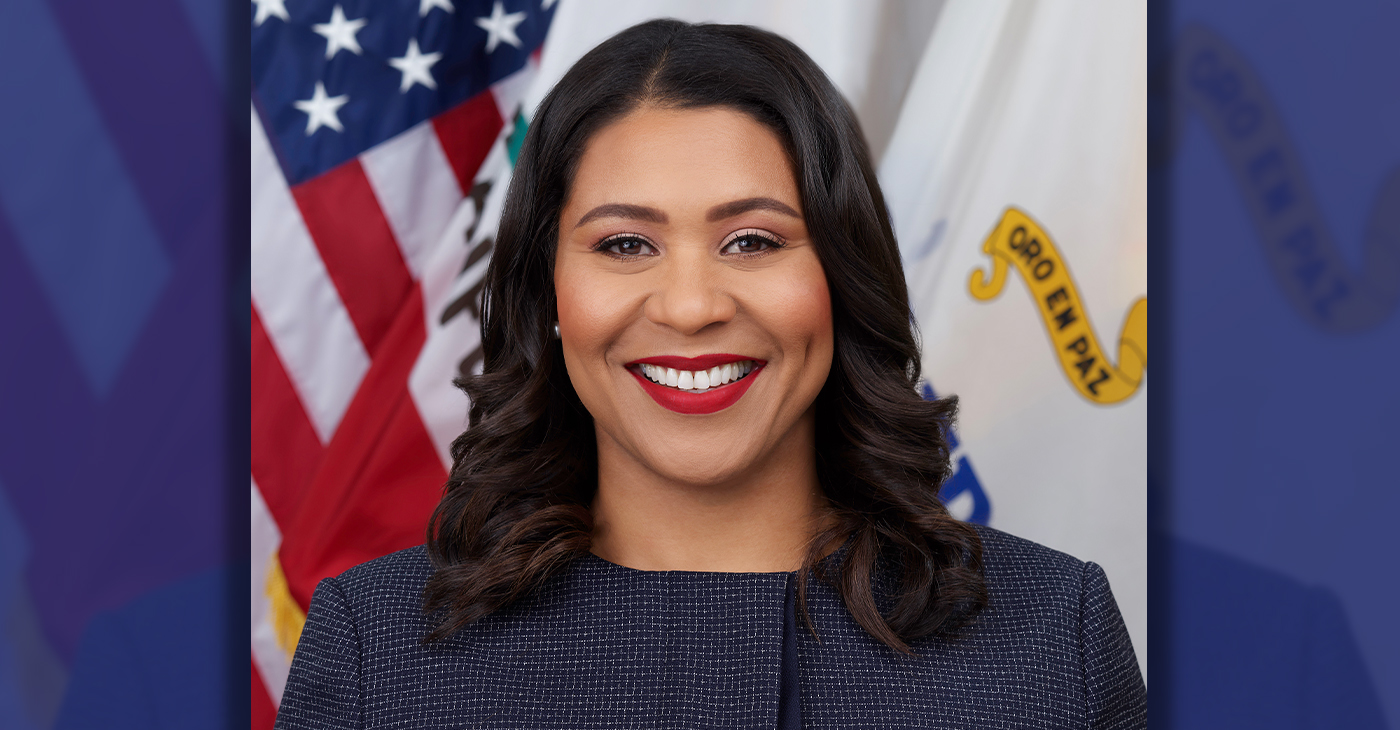
FOR IMMEDIATE RELEASE:
Wednesday, January 31, 2024
Contact: Mayor’s Office of Communications, mayorspressoffice@sfgov.org
***PRESS RELEASE***
MAYOR BREED ANNOUNCES $53 MILLION FEDERAL GRANT FOR SAN FRANCISCO’S HOMELESS PROGRAMS
HUD’s Continuum of Care grant will support the City’s range of critical services and programs, including permanent supportive housing, rapid re-housing, and improved access to housing for survivors of domestic violence
San Francisco, CA – Mayor London N. Breed today announced that the U.S. Department of Housing and Urban Development (HUD) has awarded the city a $53.7 million grant to support efforts to renew and expand critical services and housing for people experiencing homelessness in San Francisco.
HUD’s Continuum of Care (CoC) program is designed to support local programs with the goal of ending homelessness for individuals, families, and Transitional Age Youth.
This funding supports the city’s ongoing efforts that have helped more than 15,000 people exit homelessness since 2018 through City programs including direct housing placements and relocation assistance. During that time San Francisco has also increased housing slots by 50%. San Francisco has the most permanent supportive housing of any county in the Bay Area, and the second most slots per capita than any city in the country.
“In San Francisco, we have worked aggressively to increase housing, shelter, and services for people experiencing homelessness, and we are building on these efforts every day,” said Mayor London Breed. “Every day our encampment outreach workers are going out to bring people indoors and our City workers are connecting people to housing and shelter. This support from the federal government is critical and will allow us to serve people in need and address encampments in our neighborhoods.”
The funding towards supporting the renewal projects in San Francisco include financial support for a mix of permanent supportive housing, rapid re-housing, and transitional housing projects. In addition, the CoC award will support Coordinated Entry projects to centralize the City’s various efforts to address homelessness. This includes $2.1 million in funding for the Coordinated Entry system to improve access to housing for youth and survivors of domestic violence.
“This is a good day for San Francisco,” said Shireen McSpadden, executive director of the Department of Homelessness and Supportive Housing. “HUD’s Continuum of Care funding provides vital resources to a diversity of programs and projects that have helped people to stabilize in our community. This funding is a testament to our work and the work of our nonprofit partners.”
The 2024 Continuum of Care Renewal Awards Include:
- $42.2 million for 29 renewal PSH projects that serve chronically homeless, veterans, and youth
- $318,000 for one new PSH project, which will provide 98 affordable homes for low-income seniors in the Richmond District
- $445,00 for one Transitional Housing (TH) project serving youth
- $6.4 million dedicated to four Rapid Rehousing (RRH) projects that serve families, youth, and survivors of domestic violence
- $750,00 for two Homeless Management Information System (HMIS) projects
- $2.1 million for three Coordinated Entry projects that serve families, youth, chronically homeless, and survivors of domestic violence
In addition, the 2023 CoC Planning Grant, now increased to $1,500,000 from $1,250,000, was also approved. Planning grants are submitted non-competitively and may be used to carry out the duties of operating a CoC, such as system evaluation and planning, monitoring, project and system performance improvement, providing trainings, partner collaborations, and conducting the PIT Count.
“We are very appreciative of HUD’s support in fulfilling our funding request for these critically important projects for San Francisco that help so many people trying to exit homelessness,” said Del Seymour, co-chair of the Local Homeless Coordinating Board. “This funding will make a real difference to people seeking services and support in their journey out of homelessness.”
In comparison to last year’s competition, this represents a $770,000 increase in funding, due to a new PSH project that was funded, an increase in some unit type Fair Market Rents (FMRs) and the larger CoC Planning Grant. In a year where more projects had to compete nationally against other communities, this represents a significant increase.
Nationally, HUD awarded nearly $3.16 billion for over 7,000 local homeless housing and service programs including new projects and renewals across the United States.
Activism
Oakland Post: Week of April 17 – 23, 2024
The printed Weekly Edition of the Oakland Post: Week of April 17 – 23, 2024

To enlarge your view of this issue, use the slider, magnifying glass icon or full page icon in the lower right corner of the browser window. ![]()
Barbara Lee
Congresswoman Barbara Lee Issues Statement on Deaths of Humanitarian Aid Volunteers in Gaza
On April 2, a day after an Israeli airstrike erroneously killed seven employees of World Central Kitchen (WCK), a humanitarian organization delivering aid in the Gaza Strip, a statement was release by Rep. Barbara Lee (D-CA-12). “This is a devastating and avoidable tragedy. My prayers go to the families and loved ones of the selfless members of the World Central Kitchen team whose lives were lost,” said Lee.
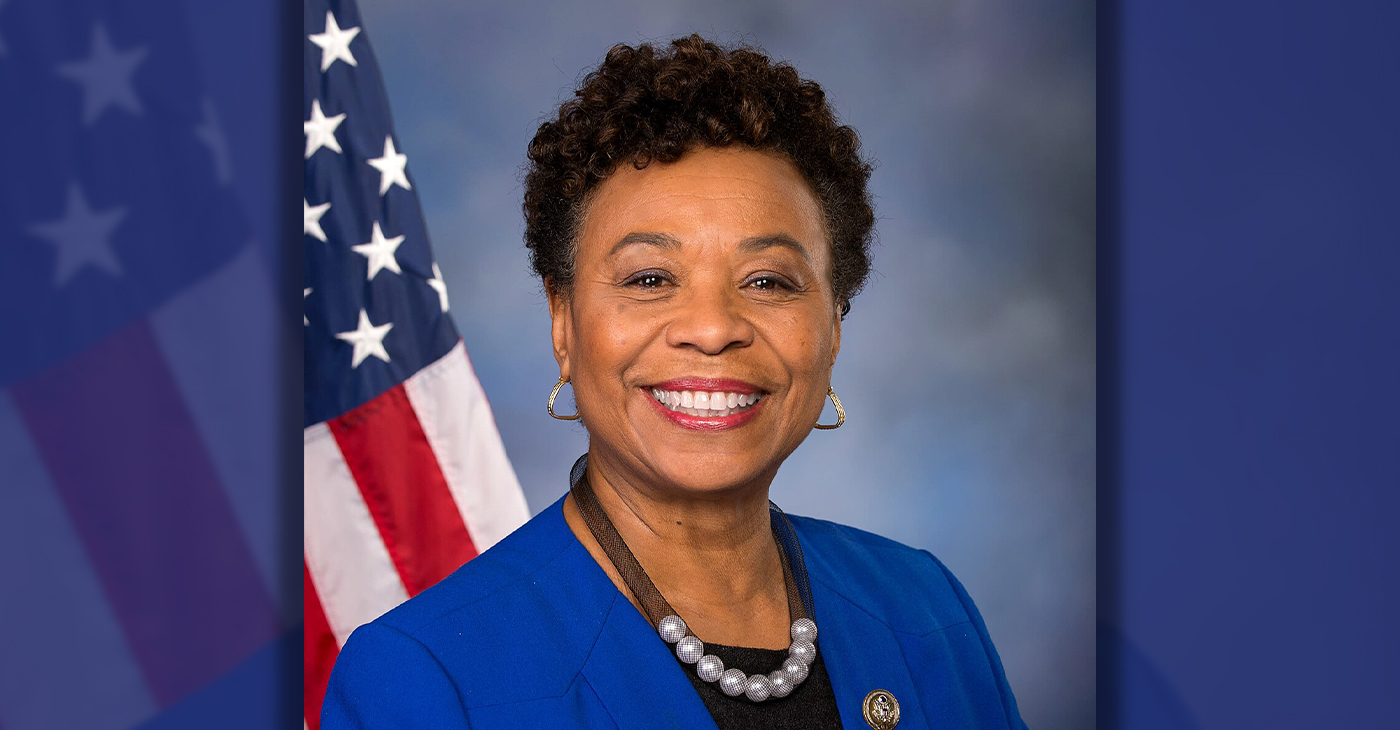
By California Black Media
On April 2, a day after an Israeli airstrike erroneously killed seven employees of World Central Kitchen (WCK), a humanitarian organization delivering aid in the Gaza Strip, a statement was release by Rep. Barbara Lee (D-CA-12).
“This is a devastating and avoidable tragedy. My prayers go to the families and loved ones of the selfless members of the World Central Kitchen team whose lives were lost,” said Lee.
The same day, it was confirmed by the organization that the humanitarian aid volunteers were killed in a strike carried out by Israel Defense Forces (IDF). Prior to the incident, members of the team had been travelling in two armored vehicles marked with the WCF logo and they had been coordinating their movements with the IDF. The group had successfully delivered 10 tons of humanitarian food in a deconflicted zone when its convoy was struck.
“This is not only an attack against WCK. This is an attack on humanitarian organizations showing up in the direst situations where food is being used as a weapon of war. This is unforgivable,” said Erin Gore, chief executive officer of World Central Kitchen.
The seven victims included a U.S. citizen as well as others from Australia, Poland, the United Kingdom, Canada, and Palestine.
Lee has been a vocal advocate for a ceasefire in Gaza and has supported actions by President Joe Biden to airdrop humanitarian aid in the area.
“Far too many civilians have lost their lives as a result of Benjamin Netanyahu’s reprehensible military offensive. The U.S. must join with our allies and demand an immediate, permanent ceasefire – it’s long overdue,” Lee said.
-
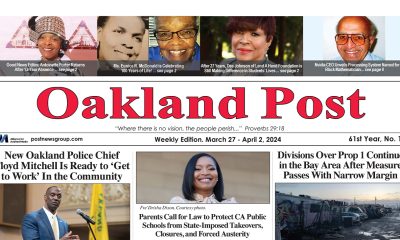
 Activism4 weeks ago
Activism4 weeks agoOakland Post: Week of March 27 – April 2, 2024
-
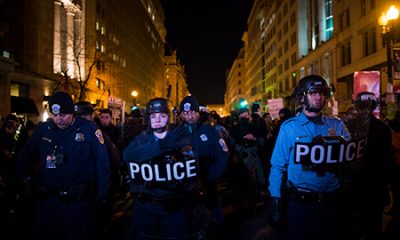
 #NNPA BlackPress4 weeks ago
#NNPA BlackPress4 weeks agoCOMMENTARY: D.C. Crime Bill Fails to Address Root Causes of Violence and Incarceration
-

 #NNPA BlackPress4 weeks ago
#NNPA BlackPress4 weeks agoFrom Raids to Revelations: The Dark Turn in Sean ‘Diddy’ Combs’ Saga
-
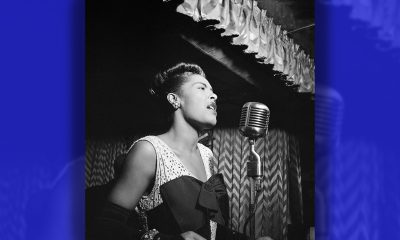
 #NNPA BlackPress4 weeks ago
#NNPA BlackPress4 weeks agoCOMMENTARY: Lady Day and The Lights!
-

 #NNPA BlackPress4 weeks ago
#NNPA BlackPress4 weeks agoMayor, City Council President React to May 31 Closing of Birmingham-Southern College
-

 #NNPA BlackPress4 weeks ago
#NNPA BlackPress4 weeks agoBaltimore Key Bridge Catastrophe: A City’s Heartbreak and a Nation’s Alarm
-

 #NNPA BlackPress4 weeks ago
#NNPA BlackPress4 weeks agoBaltimore’s Key Bridge Struck by Ship, Collapses into Water
-
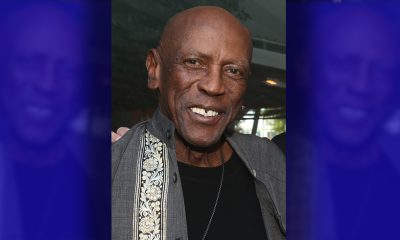
 #NNPA BlackPress4 weeks ago
#NNPA BlackPress4 weeks agoBeloved Actor and Activist Louis Cameron Gossett Jr. Dies at 87

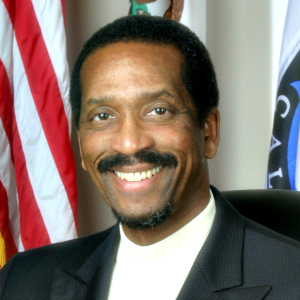
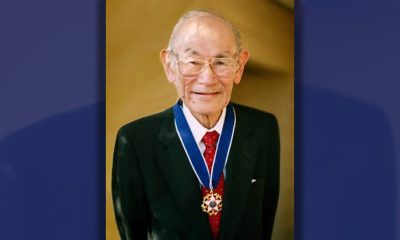

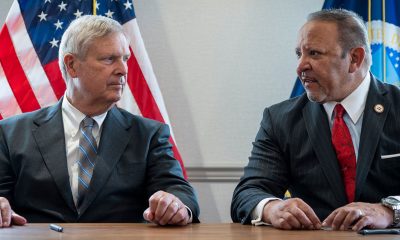

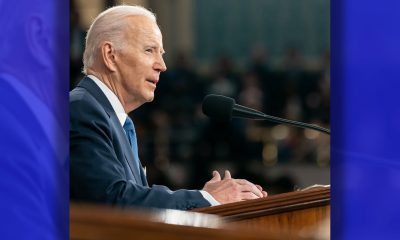

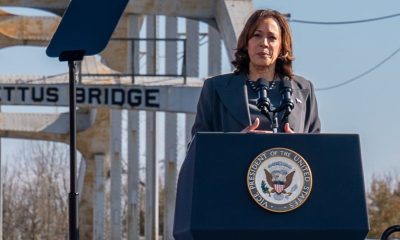

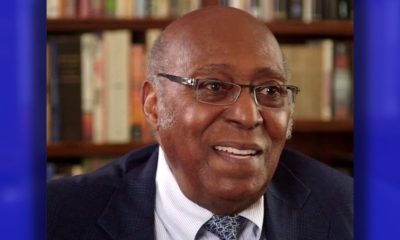




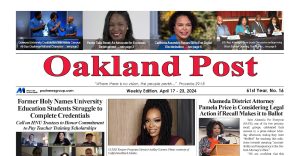






































Pingback: Children of Color Likely to Be Majority of Kids in US by 2020 |
Pingback: Children of Color Likely to Be Majority of Kids in US by 2020 |